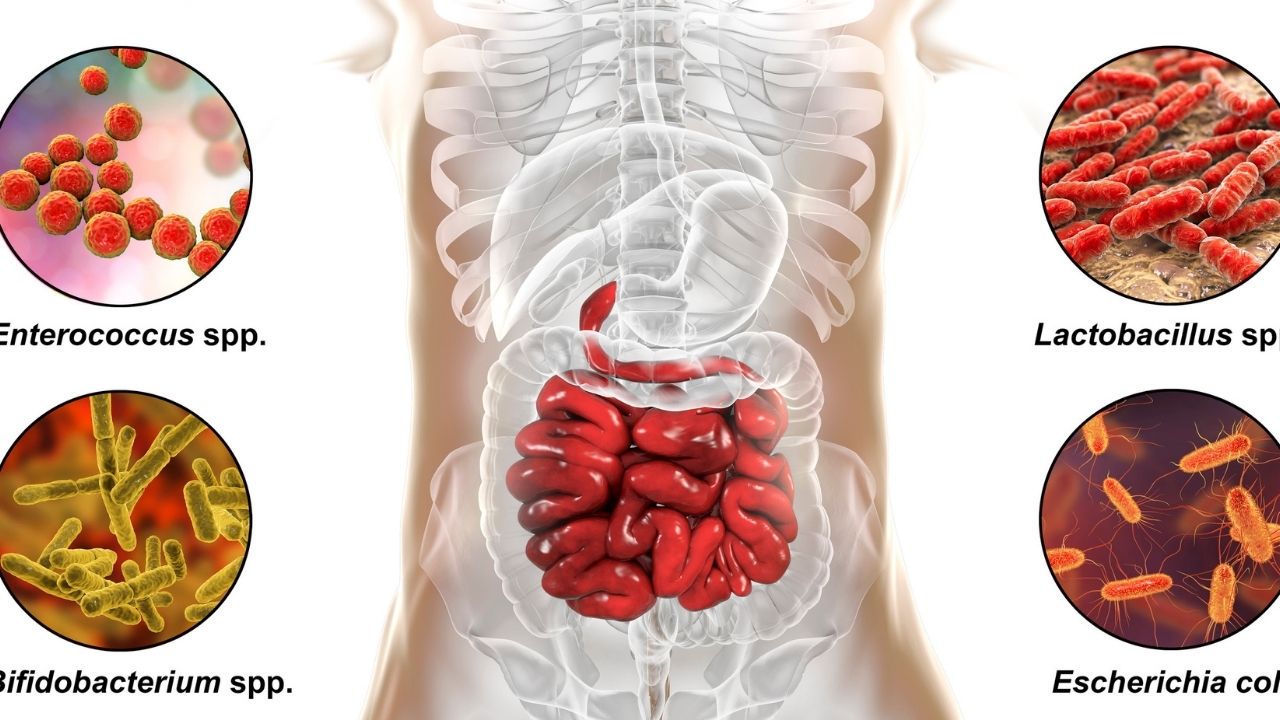
Children's nutrition is an issue of great importance, but not everyone knows how to help them understand it. Start small by offering new foods in small amounts. As an example, children can start by eating a small amount of broccoli. When they like a food, they can work their way up to it. However, you should avoid giving them too much food at one time.
A newsletter from a pediatrician is a great resource for parents looking for nutrition information. They also offer research articles, seminars, and other information. The newsletter is also available. The center offers a newsletter as well as posters about healthy eating for schools. It is one the eight federally-funded centers that focuses on improving children's nutrition. The Baylor College of Medicine and Children's Hospital manage the center. This guide includes links to training resources and information for health professionals. Separate briefs give information on resources for families as well schools.

Healthy fats are important for healthy eating habits. These healthy fats can be found in nuts, fish and vegetables. For children, limit the consumption of fried foods and dairy products that are low in fat or free from cholesterol. You can also choose to include grains in your child's diet. While whole-wheat loaf is the best, brown rice and whole wheat bread are options. White bread, as a substitute of grains, can cause children to gain weight or have blood sugar issues.
A key part of children's nutritional needs is fruit. However, fresh fruits are better than dried. Keep in mind that they can add calories. Check the nutrition labels for packaged foods. You can choose from a wide variety of fruits or vegetables depending on what your child likes. If you're not sure what fruits your child likes, you can mix them in small quantities with limited sugar.
Particularly important for academic success and physical well-being, nutrition is vital to children. Children's health is directly related to their diet, which is vital for their development. It is crucial for children's growth to get the right nutrition. Children will be stronger and healthier if they eat healthy foods. They should be getting enough nutrients to ensure their health. This is one important aspect of your child’s nutrition.

Children's nutrition is best if they are given nutritious food at every meal. The best foods to include are colorful fruits or vegetables. They should also be accompanied with healthy food. Your child's health is dependent on a healthy diet. A child's food should include lots and plenty of vegetables and fruits. You can satisfy their nutritional requirements by adding fruits to their meals.
FAQ
Are there 5 ways to have a healthy lifestyle?
Living a healthy lifestyle involves eating right and exercising regularly. Good eating habits include avoiding processed foods, sugar, unhealthy fats, and avoiding junk food. Exercise helps burn calories and strengthens muscles. Sleeping enough is good for memory and concentration. Managing stress reduces anxiety and depression. Fun keeps us vibrant and young.
What is the difference between calories and kilocalories in food?
Calories can be used to measure how much energy is in food. The unit of measurement is called a calorie. One calorie represents the energy required to raise one gram of water's temperature by one degree Celsius.
Kilocalories is another name for calories. Kilocalories are measured in thousandths of a calorie. For example, 1000 calories equals one kilocalorie.
How does an antibiotic work?
Antibiotics are drugs which destroy harmful bacteria. Antibiotics are used to treat bacterial infections. There are many different types of antibiotics. Some can be taken orally while others are injected. Others are topically applied.
Antibiotics are often prescribed to people who have been exposed to certain germs. If someone has chicken pox, they might need to take an oral antibiotic in order to prevent shingles. A penicillin injection might be given to prevent pneumonia in someone who has had strep.
Children should not be given antibiotics without the consent of a doctor. Side effects of antibiotics can be more dangerous for children than for adults.
Diarrhea is the most common side effect from antibiotics. Other possible side effects include diarrhea, nausea and vomiting, allergy reactions, dizziness, dizziness, stomach cramps, nausea, vomiting or allergic reactions. These side effects are usually gone once the treatment is complete.
What is the difference in fat and sugar?
Fat is an important energy source, which comes from food. Sugar is a sweet substance found naturally in fruits and vegetables. Both fats, as well sugars, provide the same number calories. Fats have twice the calories of sugars, however.
Fats are stored in your body and can cause obesity. They cause cholesterol buildup which can lead to strokes and heart attacks.
Sugars can be quickly absorbed by your body and give you instant energy. This causes blood sugar levels to rise. High blood glucose levels can lead to type II diabetes.
Why should we have a healthy lifestyle to begin with?
Healthy lifestyles lead to happier and longer lives. Healthy eating habits, regular exercise, healthy sleep habits, stress management, and good sleep habits can help to prevent heart disease, stroke, diabetes, cancer, and other serious diseases.
A healthy lifestyle will improve our mental well-being and help us deal better with everyday stressors. Healthy lifestyles will increase self confidence, and make us look and feel older.
Statistics
- According to the Physical Activity Guidelines for Americans, we should strive for at least 150 minutes of moderate intensity activity each week (54Trusted Source Smoking, harmful use of drugs, and alcohol abuse can all seriously negatively affect your health. (healthline.com)
- WHO recommends consuming less than 5% of total energy intake for additional health benefits. (who.int)
- WHO recommends reducing saturated fats to less than 10% of total energy intake; reducing trans-fats to less than 1% of total energy intake; and replacing both saturated fats and trans-fats to unsaturated fats. (who.int)
- In both adults and children, the intake of free sugars should be reduced to less than 10% of total energy intake. (who.int)
External Links
How To
How to keep yourself motivated to exercise and eat well
Motivation tips for staying healthy
Motivational Tips To Stay Healthy
-
Write down your goals
-
Set realistic goals
-
Be consistent
-
Reward yourself for reaching your goal
-
Even if you make a mistake, don't quit!
-
Have fun